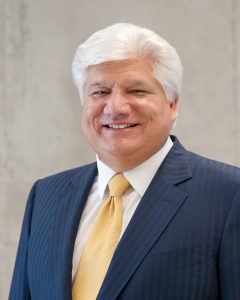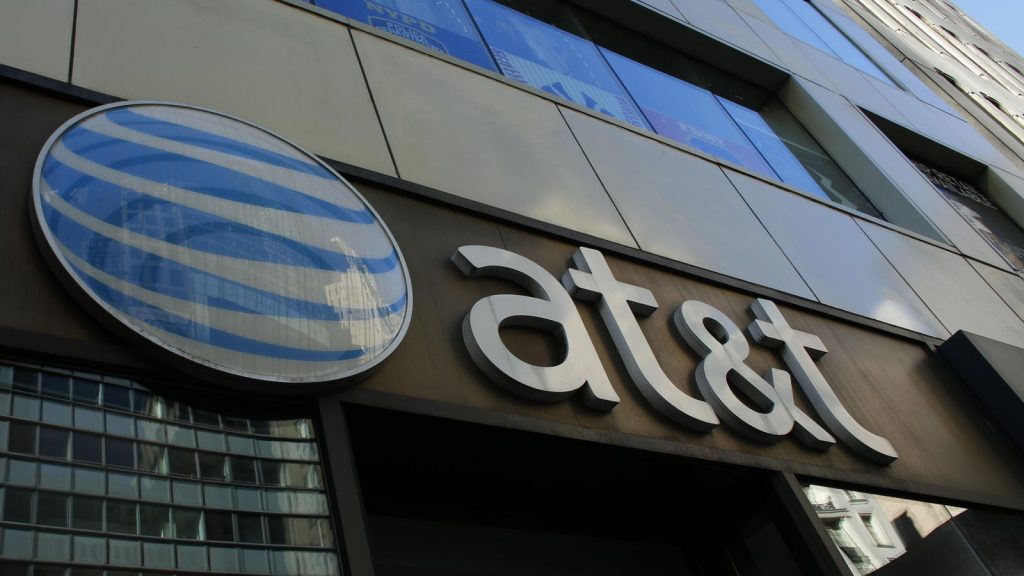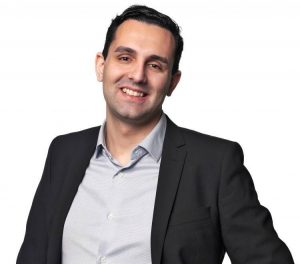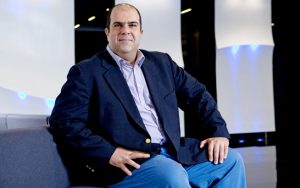Mike Lazaridis : The Canadian Entrepreneur & the Co-Inventor of BlackBerry
A lover of science and a visionary innovator, Mike Lazaridis, is the one, who is known as the father of Smartphones, in the global wireless community. A science lover and a philanthropist, he is the true supporter of the power of basic science to improve and transform the world. With the development of wireless technology, Lazaridis changed the world of communication to an extent. He is one of the most influential people of the world, who have contributed and are continuously contributing to the betterment of the world with their inventions.
Early life
Lazaridis was born on 14 March 1961, in Istanbul, Turkey. His parents belonged to the Pontic Greek dialect, who later moved to Canada, in 1966, when Lazaridis was just five years of age. The family settled down in Windsor, Ontario, where he found his first love, i.e., Science, in the Windsor Public Library. He loved reading the scientific facts and was fascinated by how things worked. His love for reading books led him to win an award, at the age of 12, for reading every science book in the Windsor Public Library. He was a science enthusiast and spent most of his childhood, in the basement of his house, assembling and building, rockets and radios, along with his friends. He even built buzzer for the popular game Reach For The Top, when he was in high school.
Founding RIM
In 1979, he entered the University of Waterloo, where he adopted electrical engineering with an option in computer science. But, only before two months of his graduation, he dropped out of the college, to found his company, Research In Motion (RIM), to fulfil a contract that he received from the General Motors, in 1984. The contract included the requirement for developing a network computer control display system. Lazaridis founded the company along with his friends Mike Barnstijn and Douglas Fregin, with the money Lazaridis’ parents had lent them through a loan. The company later developed barcode technology for a film, that was the greatest accomplishment for a newly set up company.

By 1988, RIM was the first North American wireless data technology developer company. It also developed connectivity products for Mobitex wireless packet-switched data communications networks, becoming the first company outside Scandinavia, to do so.
The company was involved in emerging wireless technology and in the year 1999, it had scored many patents based on the same technology under its name. It had developed the DigiSync Film KeyKode Reader, Mobitex protocol converter, Mobitex point-of-sale solution, RIMGate Mobitex X.25 gateway, Freedom-Type II PCMCIA radio modem for Mobitex. In 1996, RIM developed the first two-way messaging pager, a competitor of Skytel two-way paging network developed by Motorola, that was named as Inter@ctive Pager.
BlackBerry the Smartphone Startup
In 1999, under the name of RIM, Lazaridis, developed the BlackBerry 850 pager. The device was based on the BlackBerry Enterprise Server, that could receive push email from a Microsoft Exchange Server. RIM, in April 2000, launched its first BlackBerry smartphone named as BlackBerry 957. The smartphone used the encryption and S/MIME, providing high security for the user data, making the phones popular in no time. The following smartphone range from RIM was also launched with the same prefix Blackberry, that became its trade name. The next smartphone launch included the BlackBerry Pearl 8100 (the first BlackBerry phone having multimedia features), Curve 8300 series and Bold 9000.
As in 2007, Apple launched iPhone and encouraged RIM to launch its first touchscreen phone, the BlackBerry Storm, launched in 2008. Till the fall of 2010, the company had 21 million BlackBerry users in the united states. The company also expanded worldwide having 79 million BlackBerry users globally. In 2012, Lazaridis and Balsillie became the co-CEOs of the company. Only after one year of Lazaridis’ joining as the co-CEO of RIM, he resigned on 28 March 2013 from his post.
Personal Life
Lazaridis is married to Ophelia, along with whom, he has participated in various philanthropy works. The two have donated money for various research works, like for the establishment of the Perimeter Institute for Research in Theoretical Physics, the Institute for Quantum Computing in the University of Waterloo, and establishing a building for Nanotechnology Engineering program, in the same university. He is one of the members of the board of governors of the University of Waterloo and served as the vice-chancellor of the university between 2003 to 2009.
Lazaridis was awarded an Academy Award and an Emmy Award for his technical achievements. In 1999, he received an honorary doctorate degree from the University of Waterloo.

Yashica is a Software Engineer turned Content Writer, who loves to write on social causes and expertise in writing technical stuff. She loves to watch movies and explore new places. She believes that you need to live once before you die. So experimenting with her life and career choices, she is trying to live her life to the fullest.




